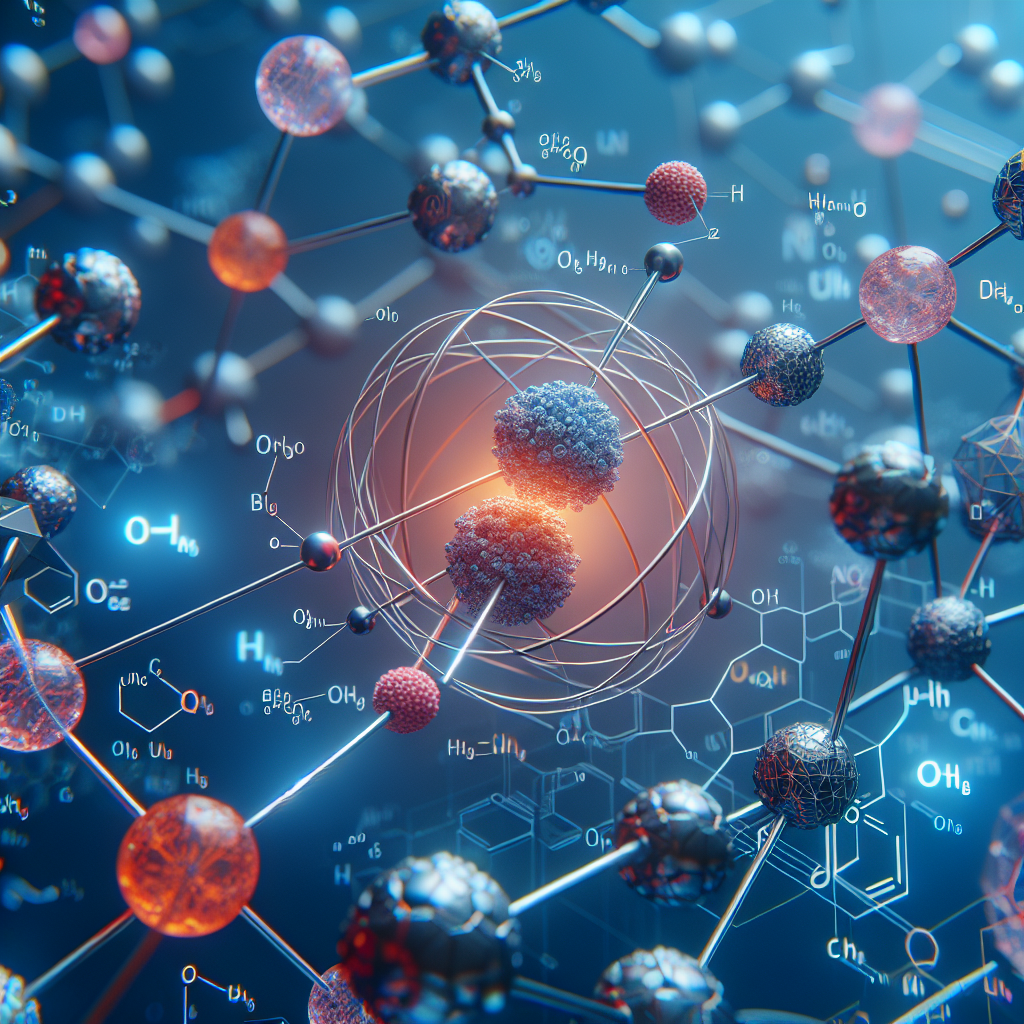Unlocking the Mysteries of Elemental Bonding Basics
- Abd Aqel

- Aug 31, 2024
- 3 min read
Updated: Nov 3, 2024
Are you intrigued by the invisible forces that bind our world together? Do you marvel at the chemistry behind nature's most fundamental relationships? If so, you're in for a treat as we delve into the captivating realm of elemental bonding basics.
The Dance of Atoms: A Primer on Elemental Bonding
At the heart of all matter lies the intricate dance of atoms, each one seeking stability through bonds with other atoms. These bonds, governed by the enigmatic rules of chemistry, give rise to the rich tapestry of substances that make up our world.
Types of Chemical Bonds
Chemical bonds come in various forms, each with its unique characteristics and properties. The primary types of chemical bonds include:
Ionic Bonds : In this type of bond, electrons are transferred from one atom to another, resulting in positively and negatively charged ions that are held together by electrostatic forces.
Covalent Bonds : Here, atoms share electrons to achieve a stable configuration, forming strong bonds that are crucial for the formation of molecules.
Metallic Bonds : Metallic bonds are characteristic of metals, where electrons are shared among a sea of atoms, giving rise to materials with unique properties like conductivity and malleability.
Unveiling the Magic of Elemental Bonds

Picture a delicate web of connections weaving its way through the microscopic world of atoms – this is the magic of elemental bonds in action. Whether it's the sturdy structure of a crystal lattice or the flexibility of organic compounds, elemental bonds shape the properties of every substance around us.
The Role of Electronegativity
Electronegativity, or the ability of an atom to attract electrons, plays a crucial role in determining the type of bond that will form between atoms. Elements with high electronegativity tend to form ionic or polar covalent bonds, while those with similar electronegativities are more likely to form nonpolar covalent bonds.
Impact on Material Properties
The type of bonds present in a material directly influences its properties. Ionic compounds often exhibit high melting points and electrical conductivity, while covalently bonded substances can range from soft plastics to hard diamonds, depending on their molecular structure.
The Pioneers of Elemental Bond Theory
No discussion of elemental bonding basics would be complete without acknowledging the pioneering scientists whose groundbreaking work laid the foundation for our current understanding. From Linus Pauling's electronegativity scale to Gilbert Lewis's concept of electron pairs, their contributions continue to shape the field of chemistry today.
Embracing the Beauty of Chemistry
In conclusion, elemental bonding is not just a scientific concept – it's a testament to the beauty and elegance of the natural world. By unlocking the secrets of how atoms come together to form bonds, we gain a deeper appreciation for the harmonious relationships that underpin our universe.
So, the next time you marvel at a dazzling crystal or ponder the structure of a complex molecule, remember the wondrous interplay of elemental bonds that makes it all possible.
Let's continue on this journey of discovery, exploring the mysteries of chemistry and celebrating the intricate connections that make our world truly remarkable.
In the fascinating realm of elemental bonding basics, we find a captivating blend of science and wonder, where atoms unite to create the rich tapestry of substances around us. Join us as we unravel the secrets of this mystical world and delve into the essence of what binds our universe together.


Comments